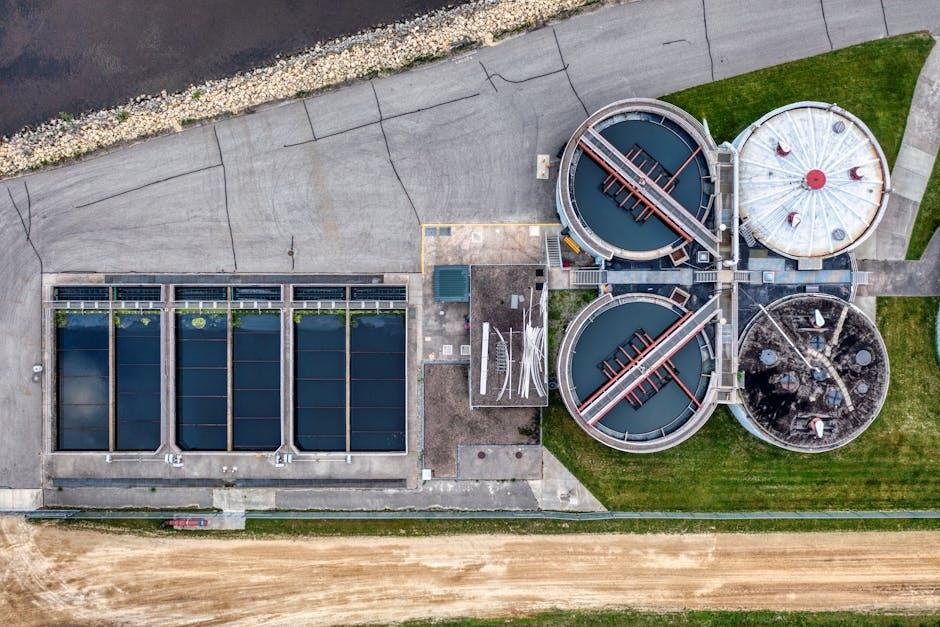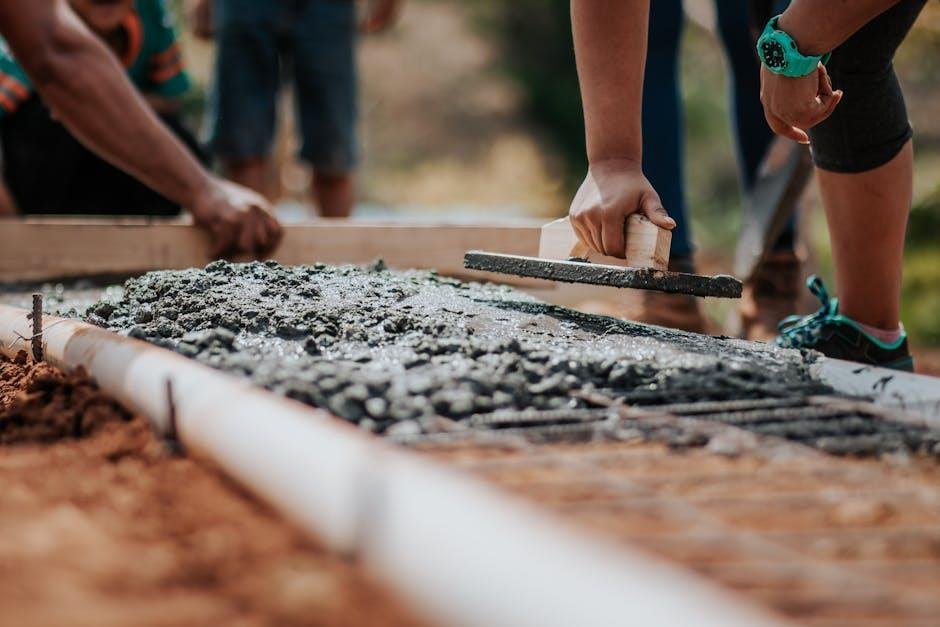Building a sturdy structure is akin to crafting a work of art; every detail matters, especially the foundation. While exuberant design elements and aesthetically pleasing finishes frequently enough grab the spotlight,it is indeed the unseen groundwork that dictates the success or failure of the entire project. Sadly, many builders—both novice and seasoned—fall prey to common pitfalls during the foundation phase. From inadequate soil planning to overlooking drainage solutions, these missteps can lead to costly repairs and structural issues down the road.In this article, we will explore the most prevalent foundation mistakes to avoid, arming you with the knowledge necessary to underpin your project with confidence. Join us as we delve into the complexities of foundation work and provide insight into how to build a robust base that will stand the test of time.
Identifying Subpar soil Conditions and Their Impact on Foundation Integrity
Soil conditions play a critical role in the long-term stability of a foundation. Identifying subpar soil conditions early on can be the difference between a durable structure and costly repairs down the line. Factors to consider include:
- High clay content: this can lead to expansion and contraction, causing foundation heave.
- Poor drainage: Water pooling around the foundation can weaken the soil and lead to erosion.
- Loose or sandy soils: These can shift under pressure, causing settling issues.
When inadequate soil conditions are present, they frequently enough compromise the integrity of the foundation. Over time, structural issues may manifest such as:
- Cracks in walls: Often a visible sign of insufficient support from below.
- Uneven floors: This may result from settling or shifting soil.
- Moisture problems: Increased humidity or water intrusion can lead to further deterioration.
Investing in a comprehensive soil analysis before construction can mitigate these risks.Below is a simplified comparison table demonstrating the impact of various soil conditions on foundation stability:
| Soil Type | Impact on Foundation |
|---|---|
| Clay | Can expand and contract, causing heave |
| Sandy | Increased risk of lateral shifting |
| Loose Gravel | Poor drainage leading to erosion |
| Fill soil | Potential for settling if not properly compacted |

The Importance of Proper Water Drainage systems in Foundation Stability
Water drainage systems play a critical role in preserving the integrity of your home’s foundation. When rainwater accumulates around a structure, it generates undue pressure on the foundation walls, which can lead to cracks, bowing, or even complete structural failure. Proper drainage ensures that the water is directed away from the base of your home, preventing pooling and erosion that can compromise stability. Key components of an effective drainage system include:
- Gutters and Downspouts: These should be appropriately sized and placed to efficiently channel rainwater away from the foundation.
- French Drains: Installing these helps redirect water away from critical areas, absorbing excess moisture before it reaches the foundation.
- Grading: the landscape should slope away from the foundation, allowing water to flow naturally away from the home.
Inadequate drainage not only subjects the foundation to constant moisture but can also lead to mold growth and increased pest attraction.In regions with heavy rainfall or prolonged wet seasons, investing in a robust drainage strategy becomes even more imperative. The following considerations can enhance your drainage system:
| Consideration | Description |
|---|---|
| Regular Maintenance | Ensure gutters and drains are free of debris to function effectively. |
| Soil Type | Understand how different soil types affect drainage and foundation stability. |
| Professional Assessment | Have a professional evaluate your drainage needs, especially during home construction. |

Choosing Quality Materials for Long-Lasting Foundation Performance
When it comes to establishing a strong foundation, the choice of materials can significantly influence performance and longevity. Concrete, steel rebar, and geotextiles are among the most critical components that should never be compromised.Investing in high-quality concrete ensures durability and resistance to weathering and cracking. Meanwhile,using industry-grade steel rebar increases tensile strength,particularly in seismic zones. additionally, geotextiles can provide proper drainage and prevent soil erosion, resulting in a solid base for any structure.
Moreover, it’s essential to consider the environmental conditions of your building site when selecting materials. as an example, factors such as soil type, local climate, and water table levels can dictate which materials will perform best. A well-thought-out approach to material selection can mitigate future risks and reduce repair costs. Here’s a quick comparison of common foundation materials:
| Material | Durability | Cost | maintenance Level |
|---|---|---|---|
| Concrete | High | Medium | Low |
| Steel rebar | very High | Medium | Low |
| geotextiles | Moderate | Low | Medium |

Recognizing signs of Foundation Settling and Timely Remediation Strategies
Homeowners should be vigilant when it comes to the subtle signs of foundation settling. Cracks in walls or ceilings, particularly around doors and windows, can indicate that your foundation is shifting. Additionally, if you notice that floors are becoming uneven or doors are sticking, it might be time to assess the state of your foundation. Other signs can include gaps between walls and floors or a chimney that appears to be leaning. Staying attuned to these indicators can save you from much larger headaches down the road.
Timely remediation strategies are crucial in addressing foundation issues before they escalate. Engaging a professional to conduct a thorough evaluation can definitely help identify the underlying causes of settling, such as poor drainage or soil erosion.Based on their findings,several actionable steps can be taken,including:
- Improving drainage systems to divert water away from your foundation.
- Installing piers or underpinning to stabilize the existing foundation.
- Regularly inspecting and maintaining downspouts and gutters.
Considering these solutions promptly can mitigate damage and ensure the longevity of your home’s structural integrity. Below is a simple guide of common materials used in foundation repair:
| Repair Method | Description |
|---|---|
| Steel Piers | Utilizes steel columns to support the home. |
| Concrete Slabjacking | Injects material beneath concrete to raise and level it. |
| Helical Piers | Spiral-shaped steel piers designed for heavy lifts. |
key takeaways
building a solid foundation is not just a step in the construction process; it’s the cornerstone of a successful project. By recognizing and avoiding these common foundation mistakes, you can save yourself time, money, and future headaches. Whether you’re a seasoned contractor or a first-time builder, paying close attention to these pitfalls will ensure your structure stands strong against the test of time. Remember, a well-laid foundation is a testament to foresight and diligence, allowing your vision to rise above with stability and confidence. so, as you embark on your next construction journey, keep this wisdom in mind—after all, every great edifice begins with a strong base. Happy building!
